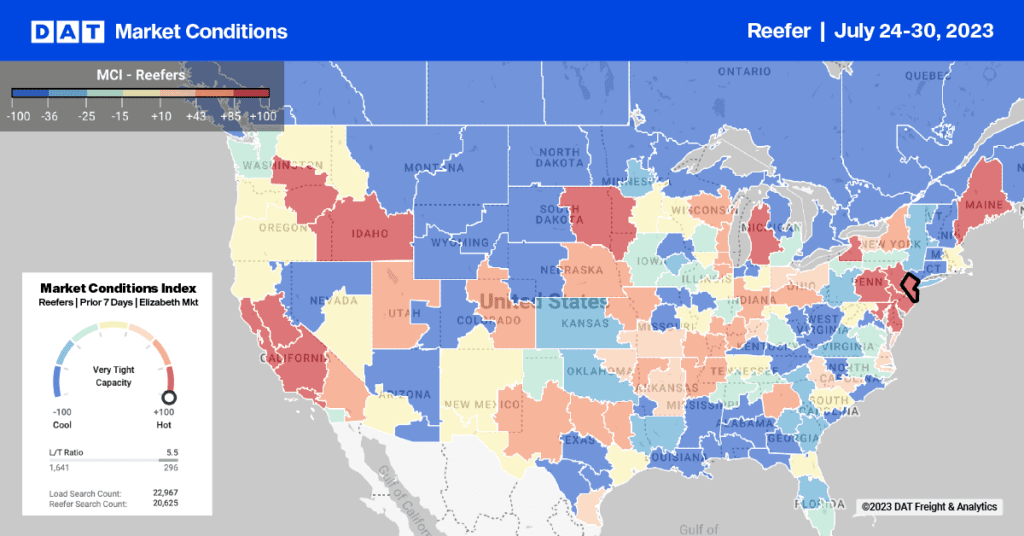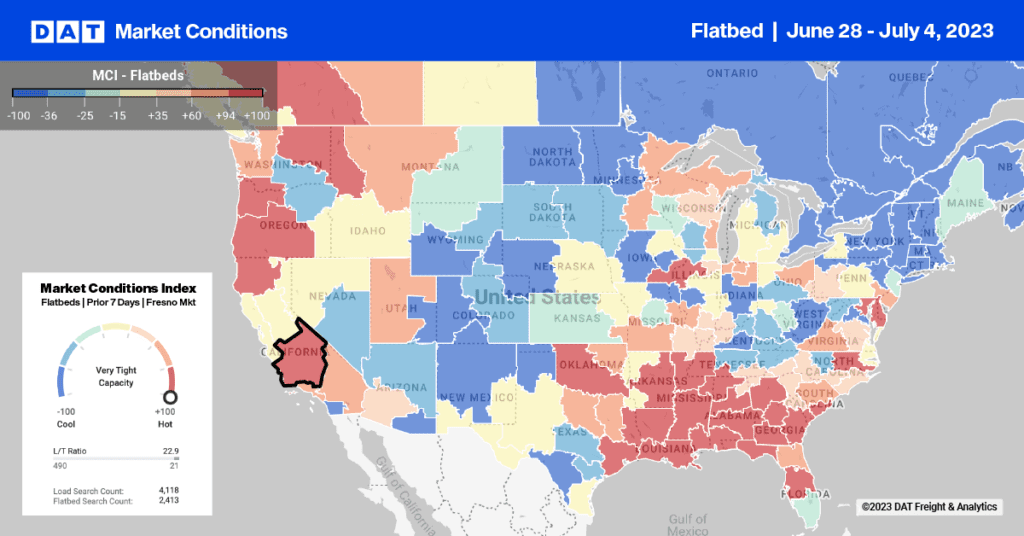Certain trends in supply chain design have emerged over a number of years, seemingly in slow motion. In an effort to control costs of transportation and inventory, shippers are upending the typical seasonal patterns and forging new ones.
One big example is visible right now. For the past few years, an influx of manufactured goods from Asia has arrived at the ports of L.A. and Long Beach later and later in the fall. Analysts get fidgety by mid-October and predict that late imports signal that the Christmas retail season will be terrible, the worst ever. Then, a few weeks later, the ships arrive, the trucks load up, and the analysts calm down.
Retail Inventory Needed in January – Meanwhile, online shopping and gift cards combine to change the Christmas inventory strategies of brick-and-mortar stores. Online purchases are made later in the season, and the goods travel from warehouses directly to consumers via LTL and package rather than via truckload carrier. Gift cards are given at Christmas but are often redeemed in January or later, so stores must hold or replenish inventory – and record the actual sales – in the new year.
Rail Intermodal Grows 3.3% – Another noteworthy trend is an ongoing shift to rail intermodal freight. Intermodal is expected to grow 3.3% in 2012. That expansion is slower than last year’s 5.4% growth, but 2012 hit an all-time high for container volume. New double-stack trains and planned upgrades at U.S. ports will offer more headroom for future intermodal growth. Not all of this growth came at the expense of trucking. Rail carload traffic has fallen by 3.1% in 2012.
Mexico Gains Importance – One big supply chain trend is shaping up south of the border, as Mexico gains in importance for its Pacific and Gulf Coast sea ports and as a growing source of manufactured goods. Mexico has invested heavily in transportation infrastructure in recent years, and new highways, rail lines and port improvements are providing attractive options for U.S. manufacturers and their freight transportation providers.
Shippers Turn to 3PLs – Lastly, in a trend of great interest to our marketplace, shippers are continuing to rely on third-party logistics providers (3PLs) and freight brokers. We see the evidence in a 4.5% increase in freight availability on the spot market, compared to 2011. That exceeds the 3% increase in overall for-hire truck tonnage, although the change is not as dramatic as last year’s. In 2011, spot freight availability soared 36% while tonnage grew by a healthy 5.7%.
Don’t miss the other two articles in the 2012 Year-End Review series, about the economy and its impact on transportation, and about new regulations that affect trucking.


